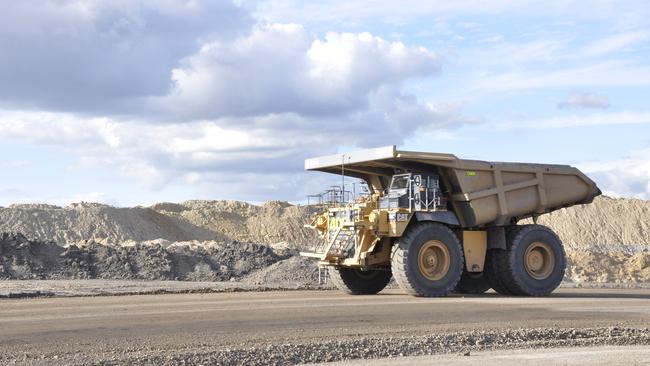As rest of the world wakes up on coal, we’re closing it down

As the energy regulator revealed the other day, Australia has built four to five times more solar and wind energy than Europe, the US, Japan or China.
Perhaps Australia’s broken electricity system is due to this mad rush towards renewable energy? No, according to our energy regulator, “Recent international events and Australian market events have further strengthened the case for the shift to renewables.” The renewable energy investments must continue until morale improves.
Energy regulators do at least acknowledge that we will need to install enormous amounts of storage in a world in which coal-fired power does not exist.
Their recent analysis shows that Victoria could experience a “renewable drought” of 1 terawatt hour of electricity over just one week in the future.
How much is 1TWh? Well, the South Australian big battery can produce 130 megawatt hours, so we would need more than 7500 of these to keep the Victorian lights on. At about $100m a pop, that is a total cost of more than $700bn, or more than Victoria’s total annual economic output.
This winter’s energy shortfalls came just after the Liddell coal-fired power station in NSW’s Hunter Valley shut a 400MW unit in April. Its other three units (a total of 1200MW) will shut next April. Then, in 2025, Australia’s largest coal-fired power station, Eraring, also in the Hunter, is due to shut.
By the end of the decade, our energy regulators warn, almost two-thirds of our coal-fired power could shut.
If we struggled to just keep the lights on this winter, how are we going to go over the next few years?
The rest of the world is waking up and is turning back to reliable coal. Germany, Italy, The Netherlands and Austria are all turning coal-fired power stations back on. China and India have plans to increase their coalmining by 700 million tonnes a year. (Australia mines just over 400 million tonnes a year.)
Indeed, across the world there are 345 new coal-fired power stations being built. What is the argument against Australia building just a few to guarantee our energy supplies?
We have high-quality coal and if we build power stations near our mines we need not pay the high global prices for access to our coal. Our gas resources in eastern Australia are now relatively expensive and are not suited to supply always-on power alternatives.
Coal would be the fastest reliable energy option to market. Florida just built a world-class gas power station in three years. There is no reason we could not do the same with off-the-shelf coal technologies.
Nuclear is something we should consider long term but we cannot build them in the time needed to replace our old coal-fired power fleet.
A new ultra-supercritical coal-fired power station built in Australia would increase our emissions by about five million tonnes a year. That would mean global emissions would go up by 0.014 per cent. The world has warmed around 1C after 600 billion tonnes of emissions. So this new coal-fired power station may increase the temperature by 0.0001 of a degree over its life.
Yet we are told a new coal-fired power station would worsen climate change and create more bushfires, floods and all manner of other natural disasters. These arguments are nonsensical yet go unchallenged in polite society.
Unfortunately, our factories cannot power themselves on wishful thinking. The untold cost of this winter’s power crisis is that we kept the lights on by paying factories to turn off so households that voted teal could keep their rooms warm.
Nothing demonstrates our failed energy system more starkly than factory workers being laid off into the cold so green voters in relative warmth can watch the latest ABC report on how climate change has caused Sydney’s floods.
Remember when coronavirus had convinced us to bring back manufacturing to Australia? No one will invest in Australian manufacturing if we cannot guarantee the lights to stay on. We will just import more manufactured goods from those countries that are building reliable, coal-fired power stations, often fuelled by our coal.
Eventually people will start blaming solar panels for all of this, as you can see from the cost-of-living protests growing around the world. The best way to avoid such upheaval here is to use our natural resource of the world’s best-quality coal to deliver lower electricity prices and Australian manufacturing jobs.
Matt Canavan is a Liberal National Party senator for Queensland and deputy leader of the Nationals in the Senate.



If reincarnation does exist, I want my next life to be as a solar panel because you never get blamed for anything.